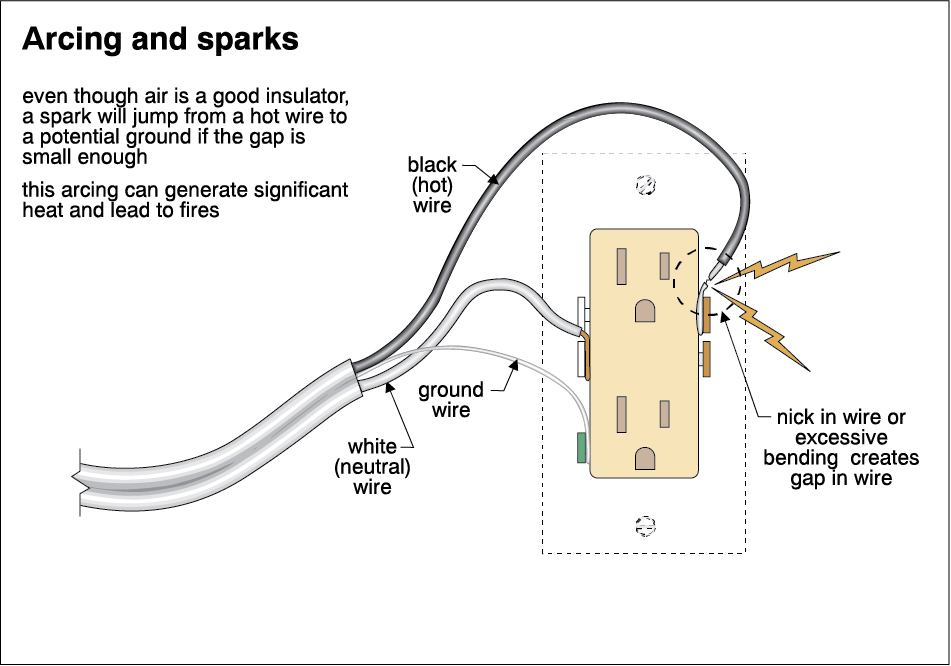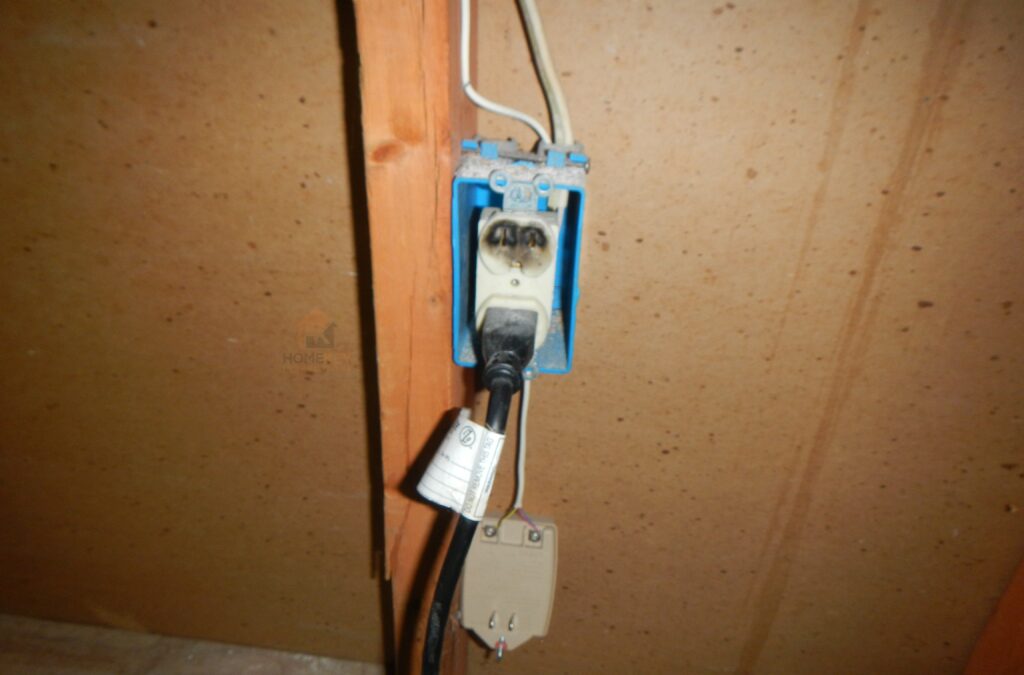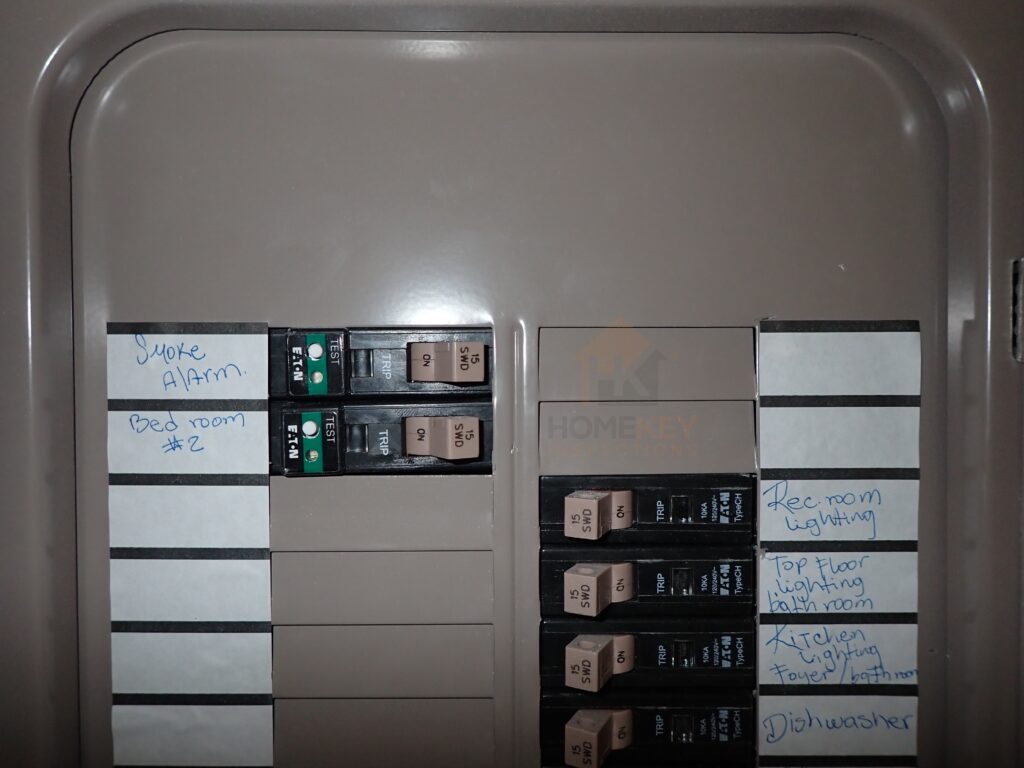New Construction Fails, part two: Inoperative AFCIs
From early building phases, to the pre-drywall walkthrough, to the final walkthrough, new construction is NOT immune to problems / defects / improper building practices.
If you find that hard to believe, we’ve written this post for you!
This is Part TWO in a series of posts where we’ll continue to show you just some examples of the things we find on home inspections of newly-built homes. Maybe you’ll be surprised by some of these…but we hope–if you plan to buy new construction–that you don’t have to be surprised by seeing them in your own house after you’ve moved in!
Inoperative AFCI Circuit Breakers
The first question we should answer is: What are AFCI circuit breakers??
AFCI is an acronym which stands for Arc Fault Circuit Interrupter. AFCIs are designed to detect dangerous arcing (where electric current ‘jumps’ from one conductor to another, often resulting in visible light and energy) in a circuit, and to turn power off to the circuit if such a condition is detected. Arcing can and does cause fires in homes.
AFCI circuit breakers are circuit breakers which are designed with AFCI technology built in, so that circuits will be shut-off before dangerous arcing can occur.
In short: AFCI technology helps to prevent electrical fires in the home.

At the time of this writing, AFCI protection is only required in bedrooms. Bedrooms are considered the priority for AFCI protection because it is the place in the home where inhabitants are most likely to be in danger of an electrical fire (consider the scenario where arcing happens in the middle of the night while a person is sleeping). It is likely that in the future AFCI protection will be required in many other parts of the home to offer additional protection.

Testing AFCI breakers on New Construction
While older homes are not required to upgrade all their bedroom outlets to AFCI-protected ones, we HIGHLY recommend that this be done nonetheless, since these safety devices are for the protection of those living in the home.
But on newer homes, when AFCI protection is missing or inoperative in bedrooms, this is a Major concern in a home inspection report.
NOTE: A home inspector is only required to–and should only–test AFCI circuit breakers IF the home is vacant. (The reason for this is that testing an AFCI breaker means checking to make sure it trips and disconnects power. It is possible that those living in the home have medical devices or other very important equipment plugged into AFCI-protected outlets, and the home inspector should avoid accidentally turning power off to those.)
If the home is vacant, the home inspector will test each AFCI circuit breaker (using the ‘Test’ button on the circuit breaker) and ensure that power has been disconnected.
And…it’s possible for AFCI circuit breakers to be present in all the right locations, but to NOT BE WORKING properly!
The following photo and video were taken during a final walkthrough inspection. Bedroom #2 had its required AFCI-protected breaker, but the breaker was not tripping…a Safety Hazard!

Replacing a faulty AFCI breaker is simple, but unless these are tested it’s impossible to know whether they will work in a situation where they are needed!
Let a qualified home inspector catch these and other issues for you…as you can see, even brand new homes need inspecting!
